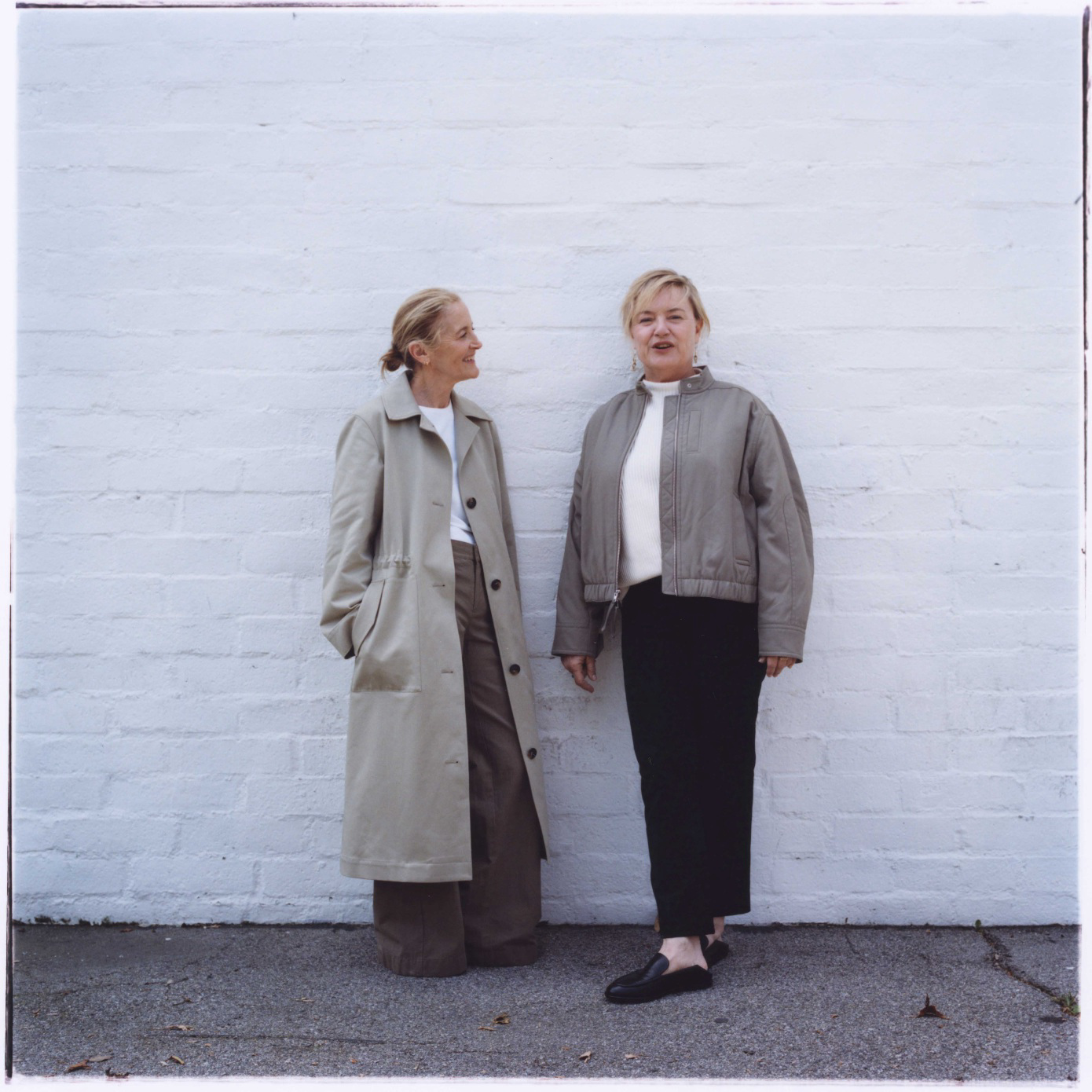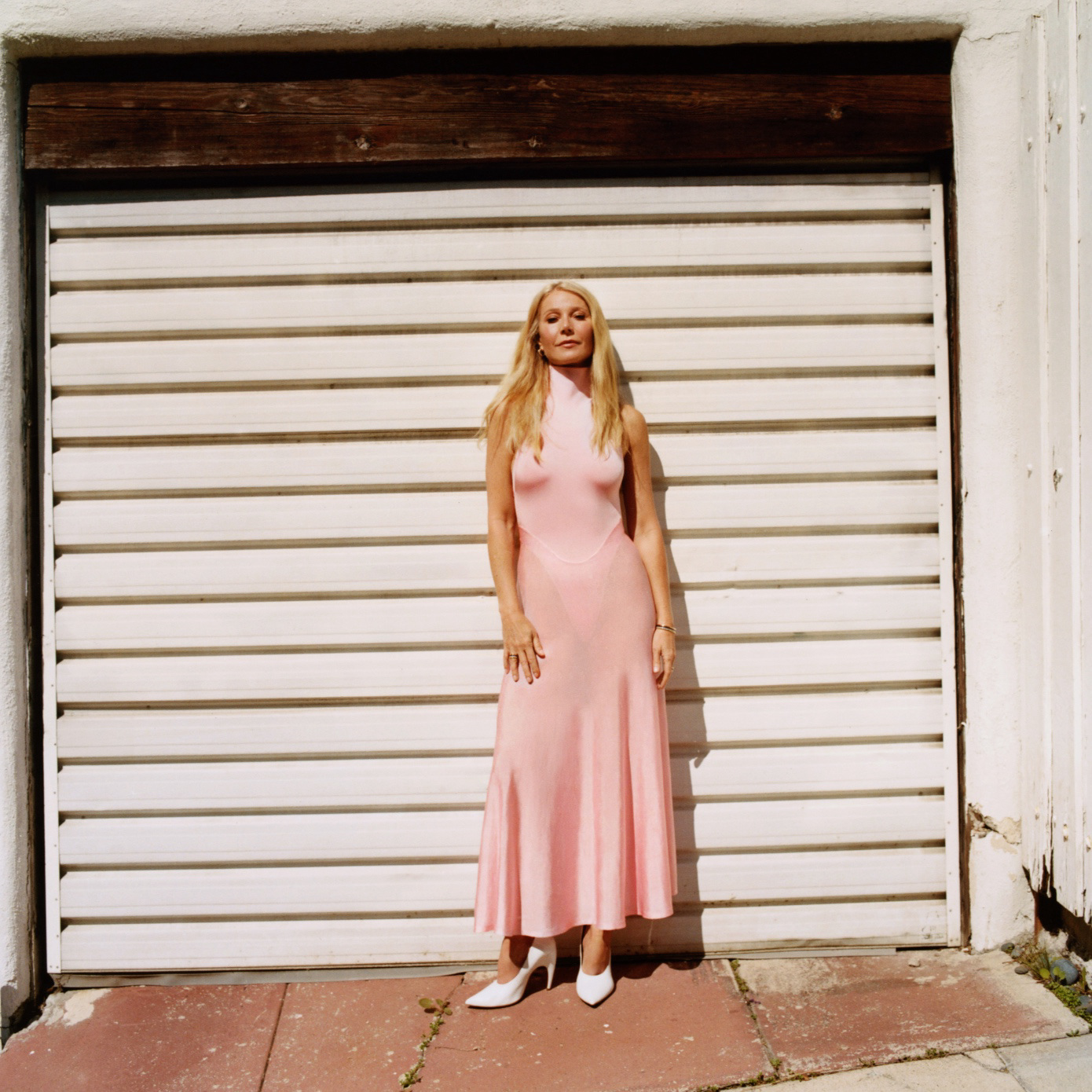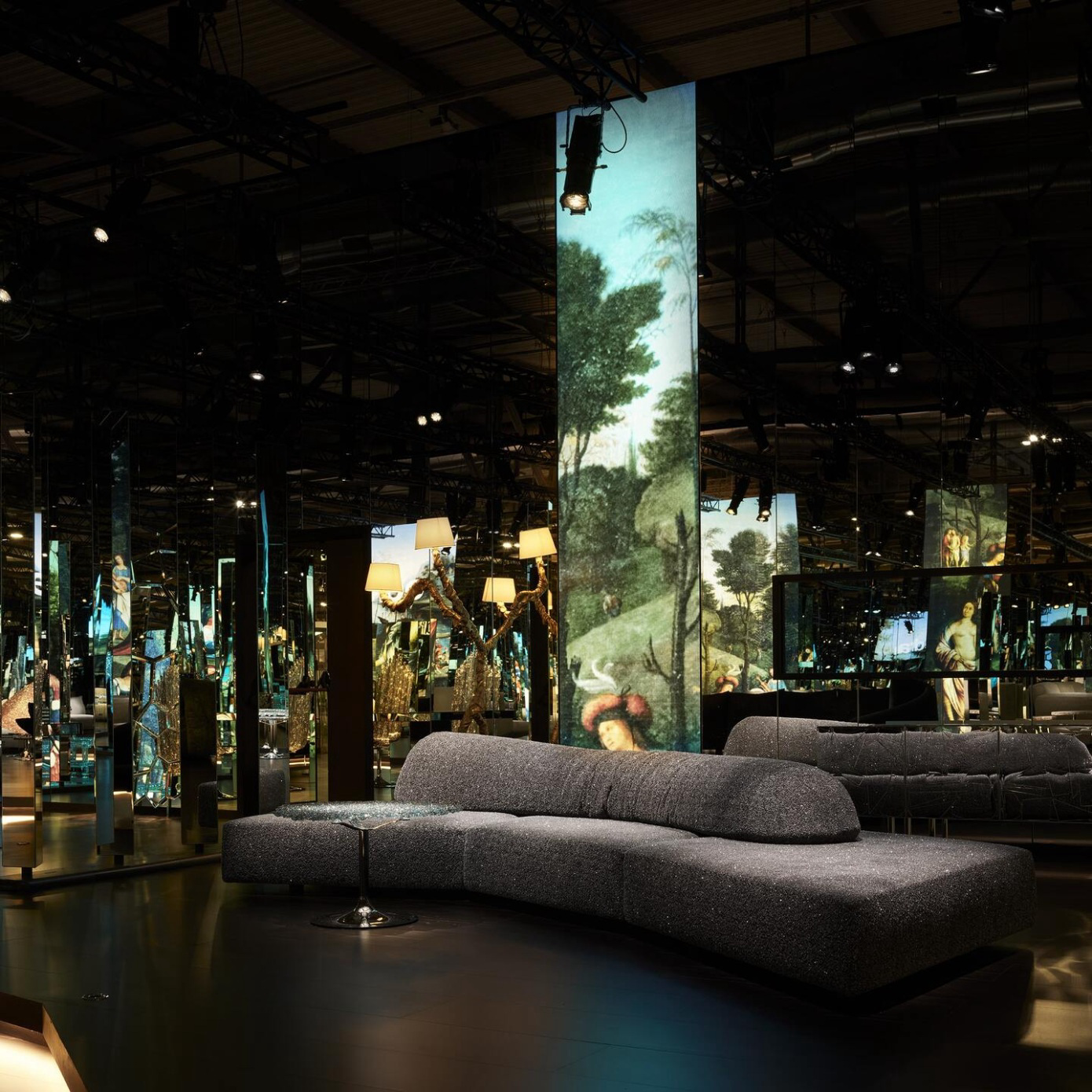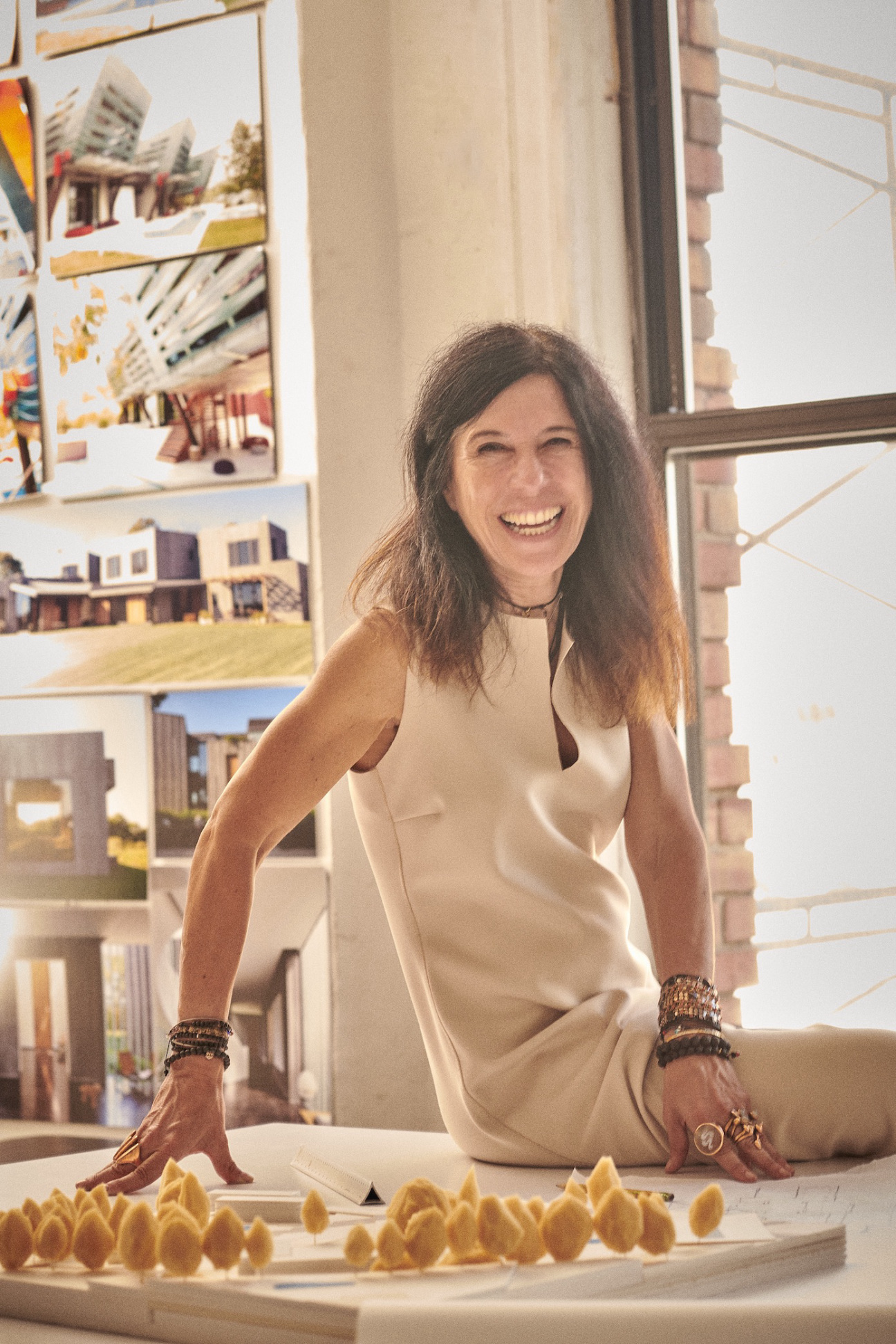
"I think I fell in love with New York because it was an island,” says Raffaella Bortoluzzi on the other end of the screen. The architect, a principal at Labo Design Studio, spent her childhood and early adult years on another famous isle (or rather a group of 118 small islands) across the Atlantic Ocean. Although she left her native Venice after obtaining her bachelor’s degree from Istituto Universitario di Architettura di Venezia, she brought with her a sensitivity to the complexities and contradictions an urban space entails, an eye to the many personalities a palimpsest-like city can take on, and the ability to articulate an architectural language that highlights these idiosyncrasies.
Her intellectual approach, attention to materials, and conscientious adaptability have enchanted a suite of prestigious clients including Maja Hoffmann, Muriel Brandolini, and fine jewelry brand Pomellato. These days, Bortoluzzi is working on a gut renovation in Tribeca, building two new homes out East, and finishing up an artist residency project on the island of Pantelleria for David Totah. For CULTURED, she took a moment to chat about where she goes to get inspired, what she’s learned about herself in her decades working as an architect, and why building a hotel would be her dream job.
CULTURED: What did growing up in Venice teach you?
Raffaella Bortoluzzi: I learned a lot about materials and detail. Craftsmanship has always been incredibly important in Venice—not just the important palaces, but also on the street. You’ll see a corner of the building with a column where somebody got this strange idea to put it there … The most fantastic moment in Venetian architecture was the 15th century up to the 18th century, when it was still a republic. They were using terrazzo, a technique that was developed from the ancient Romans. In Venice all the palaces are built with wood, and because of the water they would move a lot. Terrazzo helped to absorb the movement of the floor but was still smooth.
My biggest influence [in Venice] was Carlo Scarpa. Even if he wasn’t Venetian, it was in his spirit because his architecture joined different worlds, like Venice. He knew a lot about Frank Lloyd Wright, and he loved Japanese architecture. If you look at some of his architectural projects and interiors, every single corner is borrowing from these two different worlds. That’s something I always paid attention to. When I came to New York, clearly the historical context was not that important anymore. You were much more free—from a style, certain constrictions. I began looking more at the flow, and how I could articulate a volume in a more cultural way. It's about how you articulate the program so that, inside the building, it's a promenade through different volumes. Each space has to be important, so when you walk around you have one point of view, but then you look from the other side and add another view.
CULTURED: Who else has been an influence on you?
Bortoluzzi: At Columbia University, I met Lauretta Vinciarelli. At the time, she had already worked with Donald Judd a lot in Marfa. The Vinciarelli watercolors were really amazing to me; it's all this layering of spaces and volumes and this transparency—the idea that from one volume, you can almost go to the following one already with an idea of where you are going. Sometimes my architecture is about being in one place, but already having an idea of what's going on on the left and on the right.
I also love the lesson of Zaha Hadid, who was one of the first architects that was trying to think of a different way of moving through space, that you don't need to just walk straight and up the stairs, that maybe the space could curve. My education was very much about this new way of thinking that was less pragmatic and more open to different ways of moving around a space.
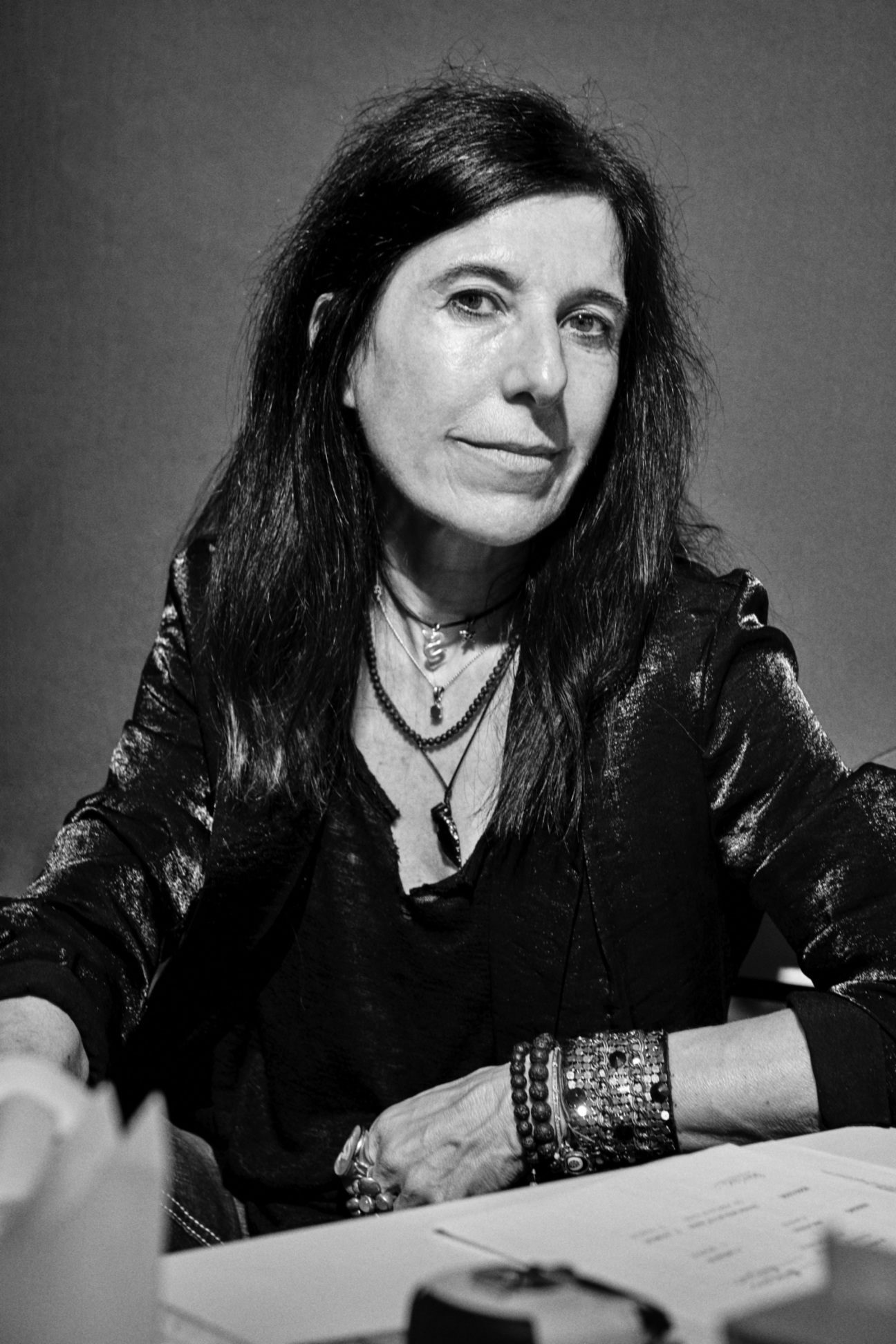
CULTURED: Where do you go to feel inspired in New York?
Bortoluzzi: Art galleries in Chelsea and Tribeca. When I need a break, it's extremely important that I go. Even if I don't see anything that important, I know that it will be in my brain, and somehow it will resonate in a different way.
CULTURED: Any recent favorites?
Bortoluzzi: I saw the Gego show at the Guggenheim. There was a fantastic Theaster Gates show at the New Museum last winter. I love his way of collecting and being very poetic. It shows how important it is for artists, architects, everybody really, to borrow ideas and concepts from other disciplines. His work is like architecture in the way that for me architecture is a living creature. It's not something that has strict limits.
CULTURED: What do you want people to feel when they're in the spaces that you design?
Bortoluzzi: It depends on the client. There are certain clients that are more private, so you want to create a space where they feel very comfortable, almost in a cocoon. Some clients really love to collect a lot of objects, so then you have to create spaces that give the possibility of having all these objects on display. There are other clients that want the interior to feel very clean and organized. So I need to be very open and create spaces that allow this kind of flexibility. I don't know if I want them to feel something that comes just from me. I can help them in how they want to feel.
CULTURED: Is there an aspect of your job that still feels like a challenge?
Bortoluzzi: The challenge is when you have to confront yourself with an existing building. I always try to create this passage between what is there and what I'm adding, so that you can recognize what is new, but with a smooth transition. You need to understand what technique, what philosophy, what construction system, what typology inspired the existing building. The challenge is getting to that clarity that takes you from one place to the other.
CULTURED: What’s your favorite building in New York?
Bortoluzzi: The Seagram Building for sure, because my education comes from that kind of modernism. I love the Herzog & de Meuron building at 40 Bond Street. It's a fantastic interpretation of a curtain wall system, which I always adore because New York is made of curtain walls. Herzog & de Meuron were probably the first ones to undulate, to create that wavy facade.
CULTURED: Is there a type of project you haven’t worked on yet that would be exciting to you?
Bortoluzzi: I’d like to make a really big hotel. I would like for every bedroom to be different. Maybe when you go and choose your bedroom, you can say what kind of person you are and that helps to somehow accomplish your vision of a fantastic holiday.
CULTURED: Where would you put the hotel?
Bortoluzzi: I love the desert, Arizona, California… Somewhere isolated. In a hotel where people are forced to stay in, you have to offer the best.
CULTURED: What have you learned about yourself through your years as an architect?
Bortoluzzi: That I'm quite open to absorbing different lessons—from my clients, from contractors, from just walking down the street, or going to a gallery or museum. I'm not rigid, and my architecture can show that. Every project needs to be different to respond to different things.

